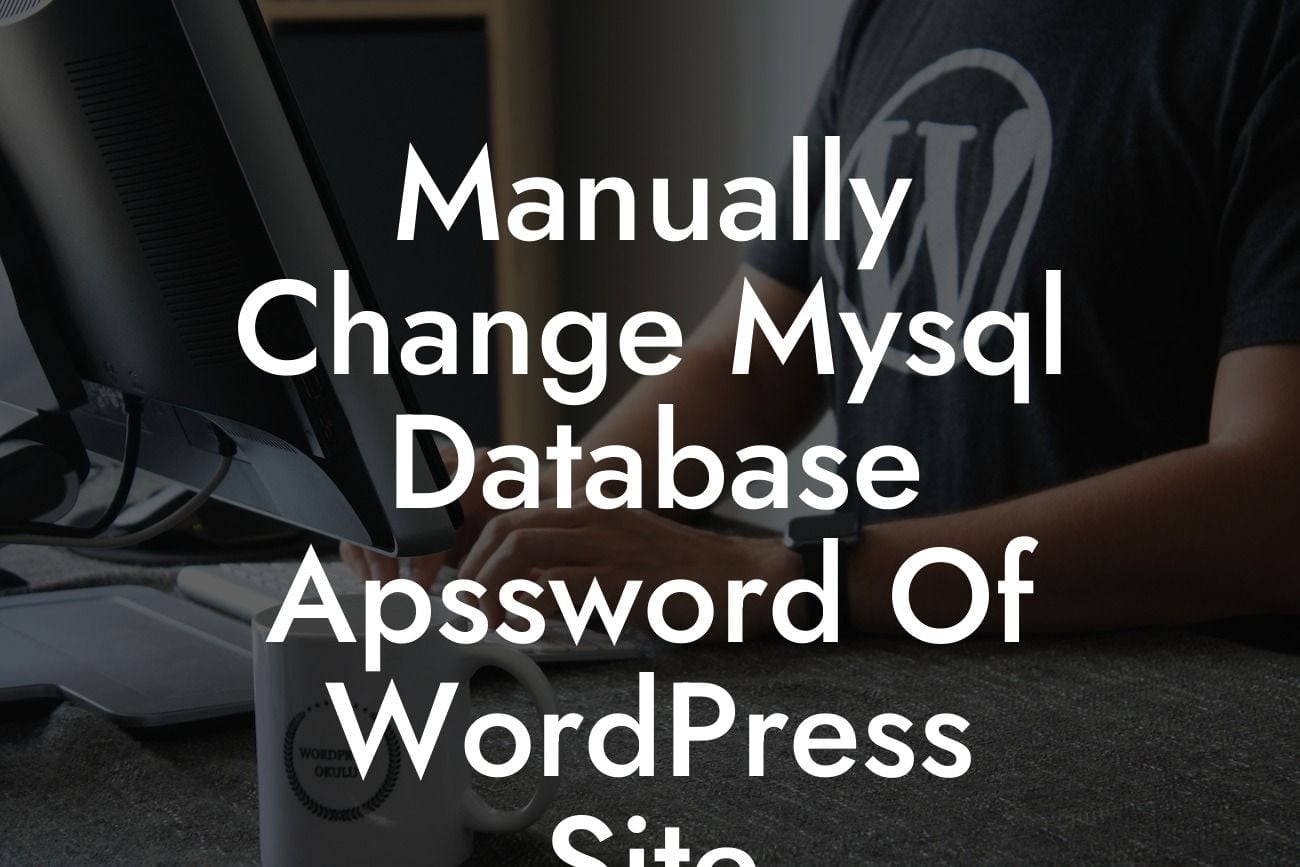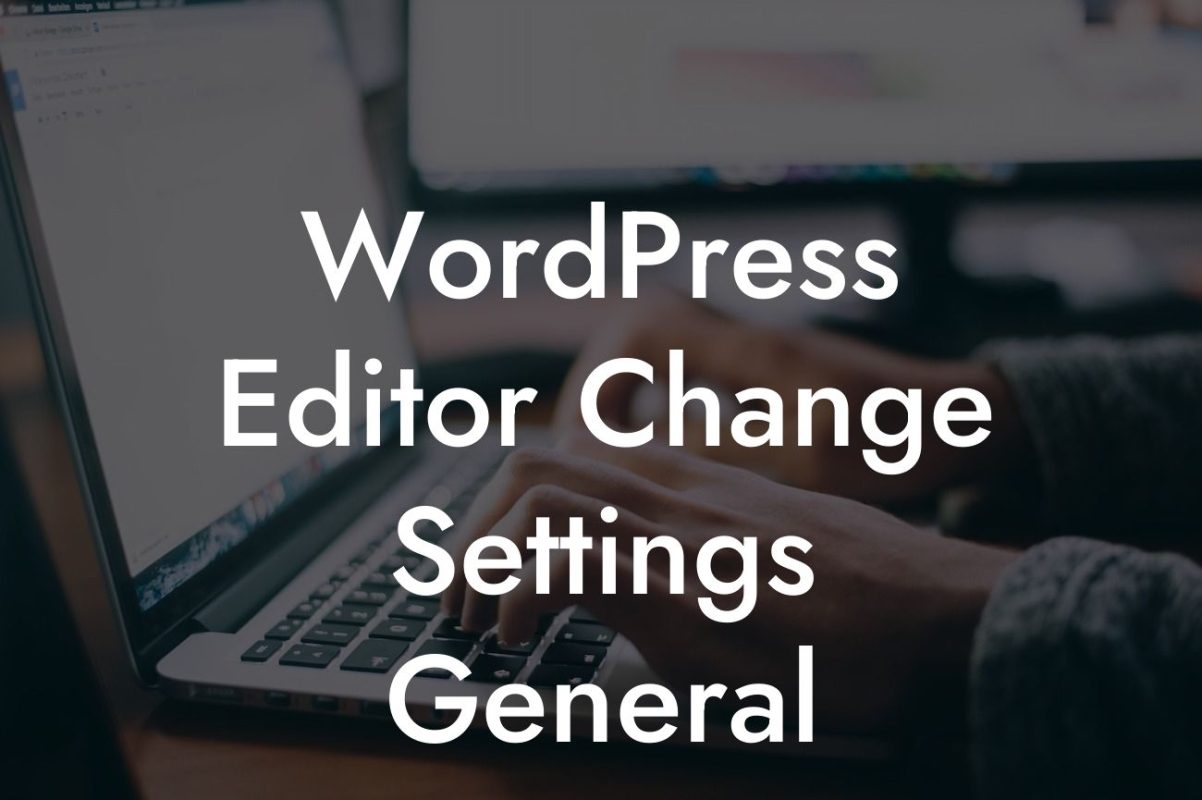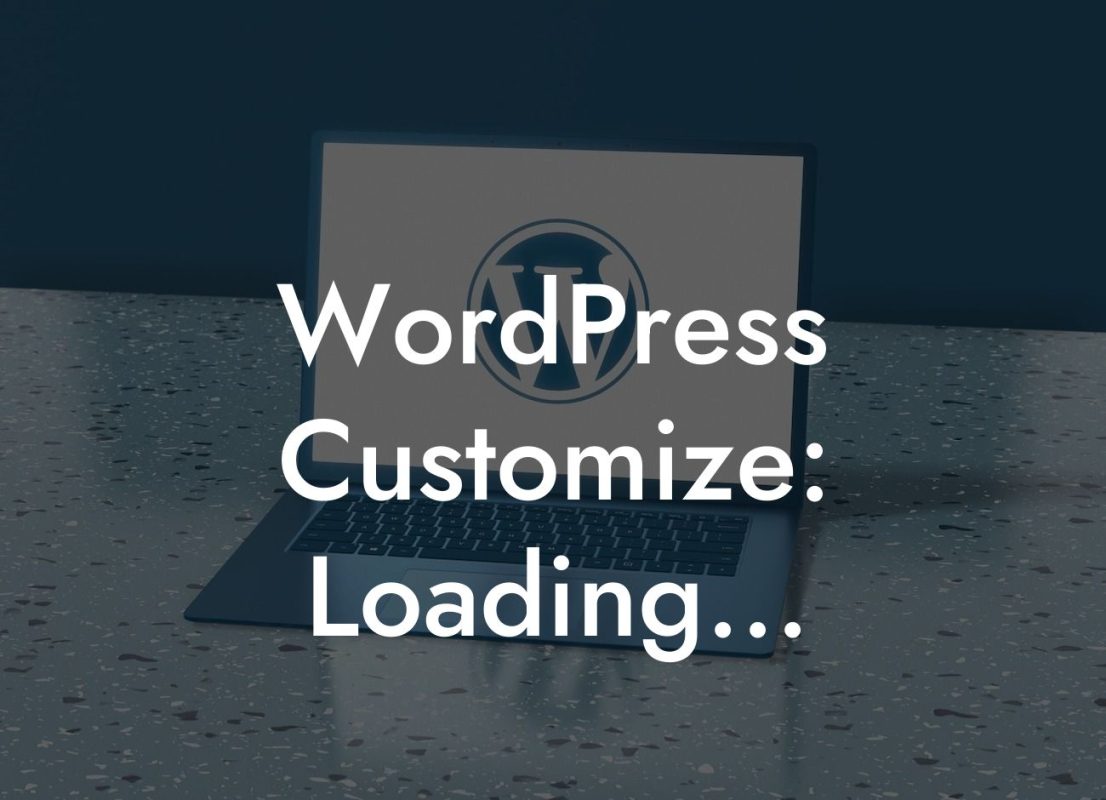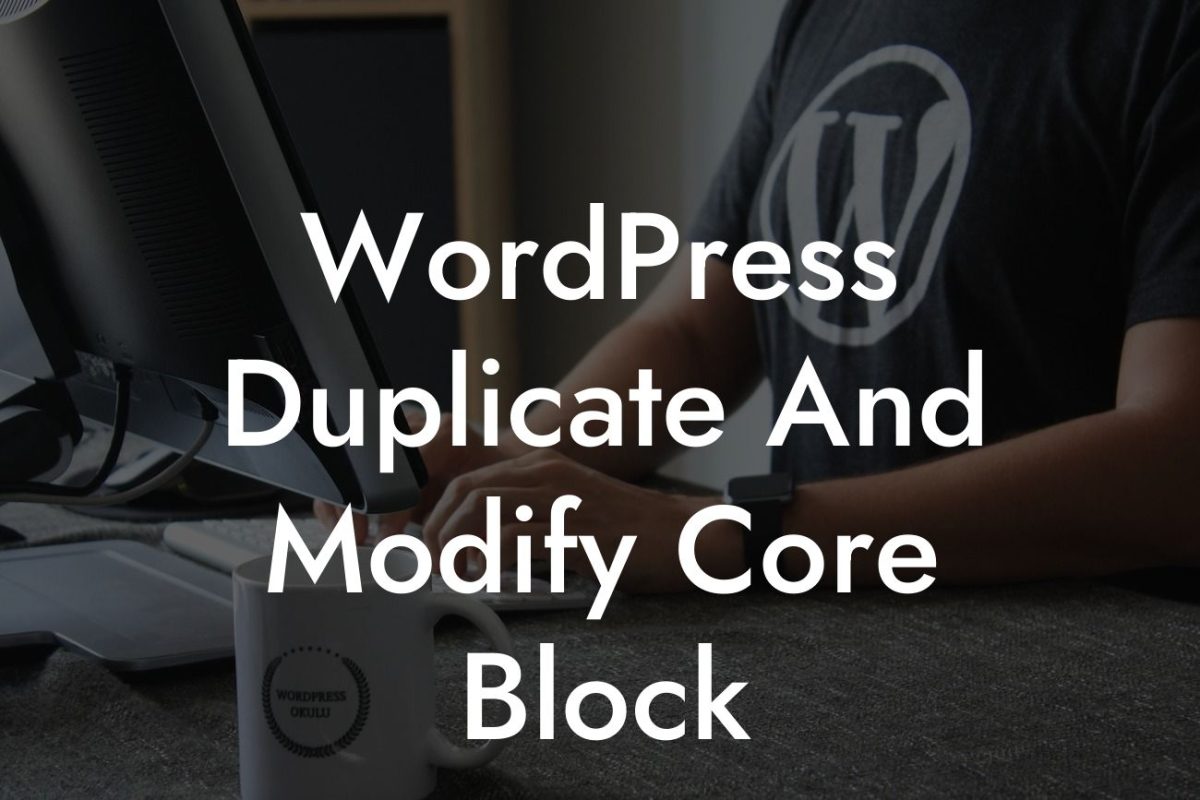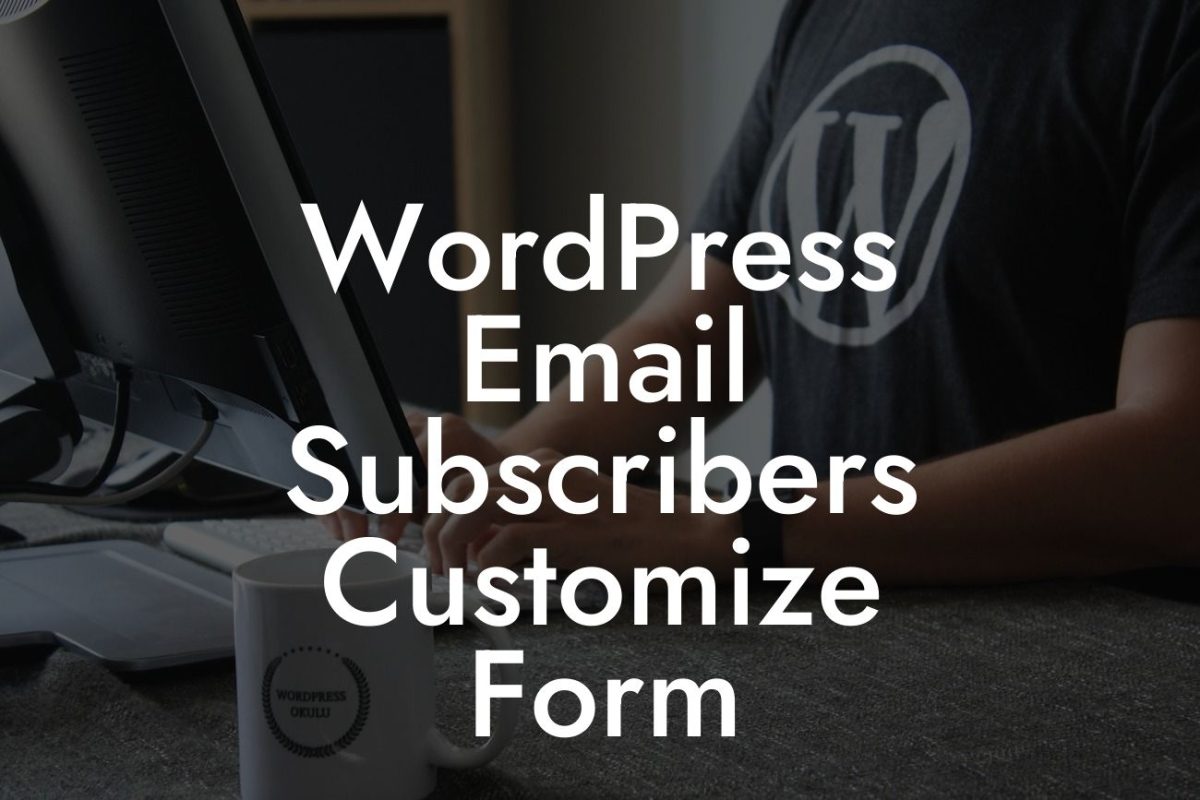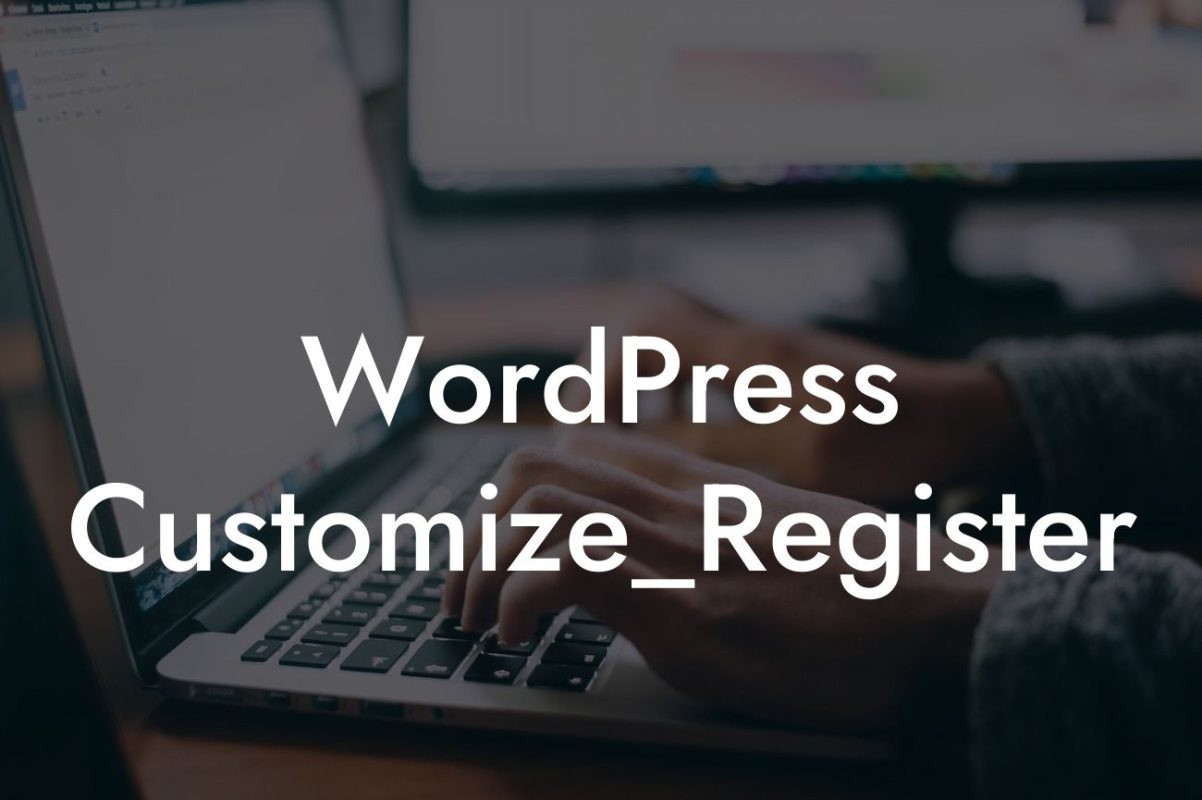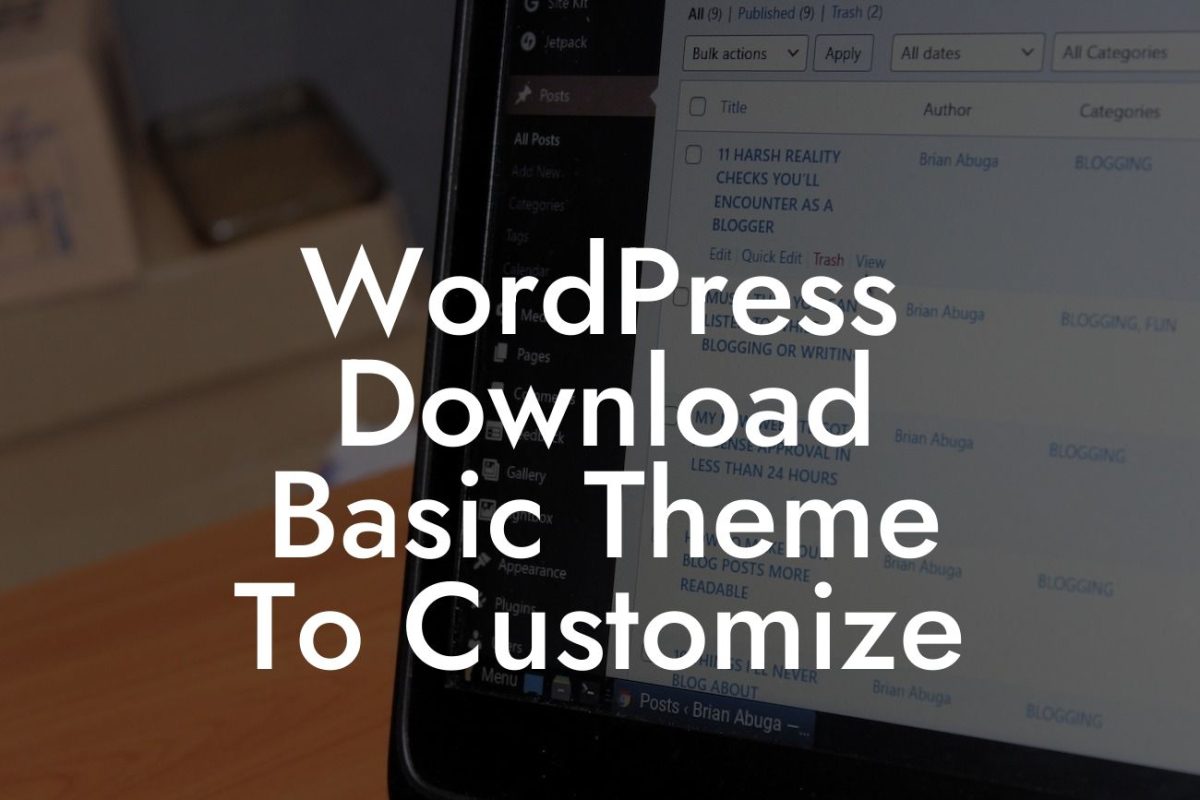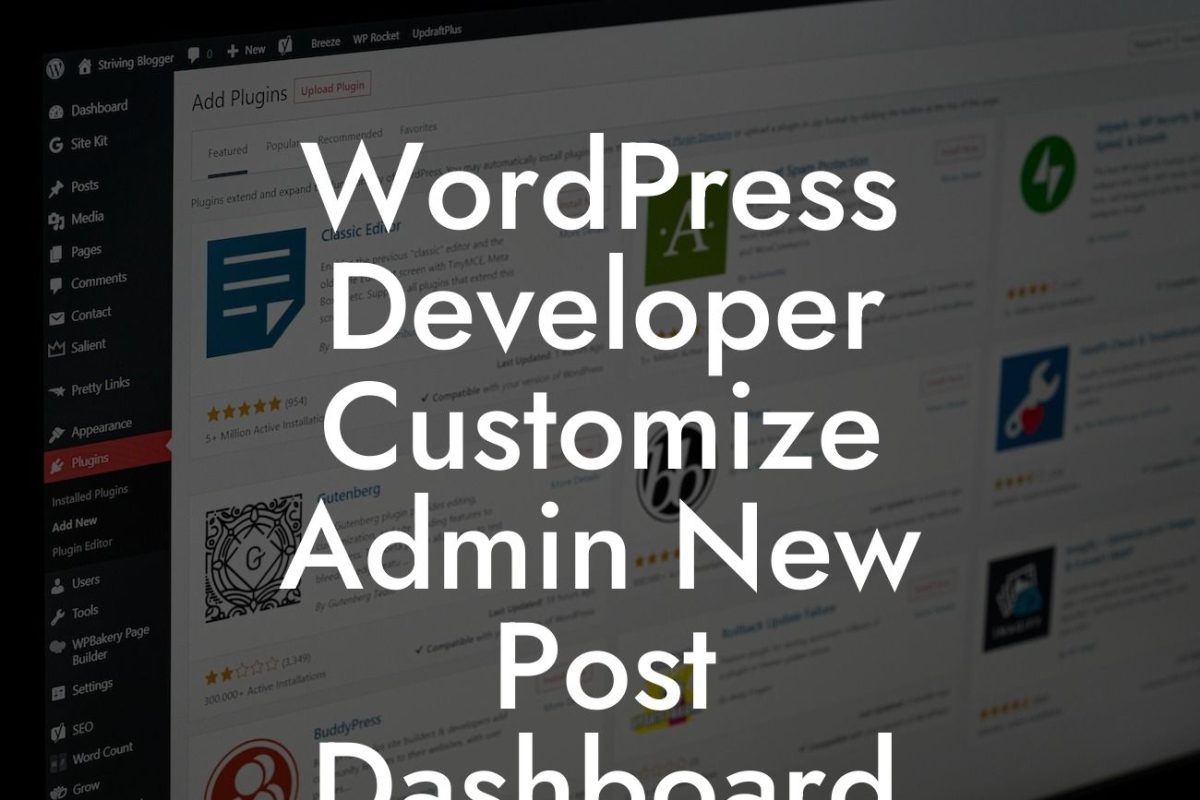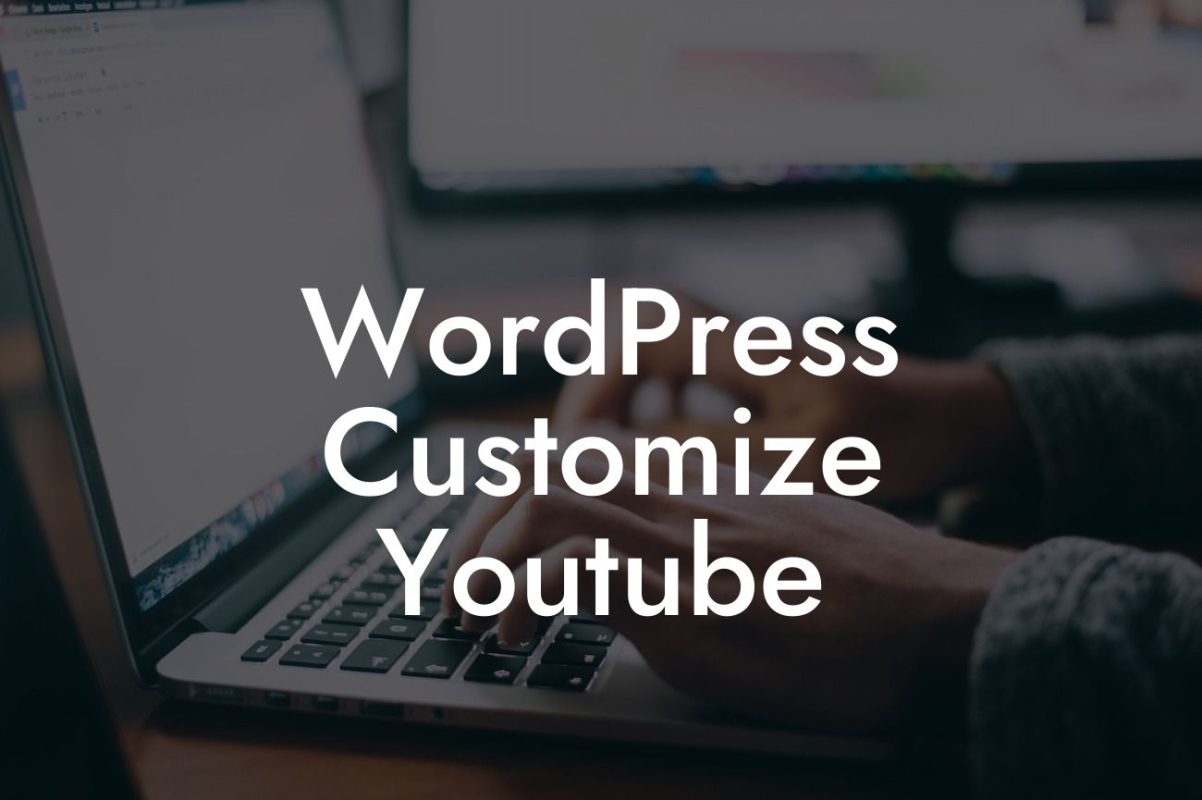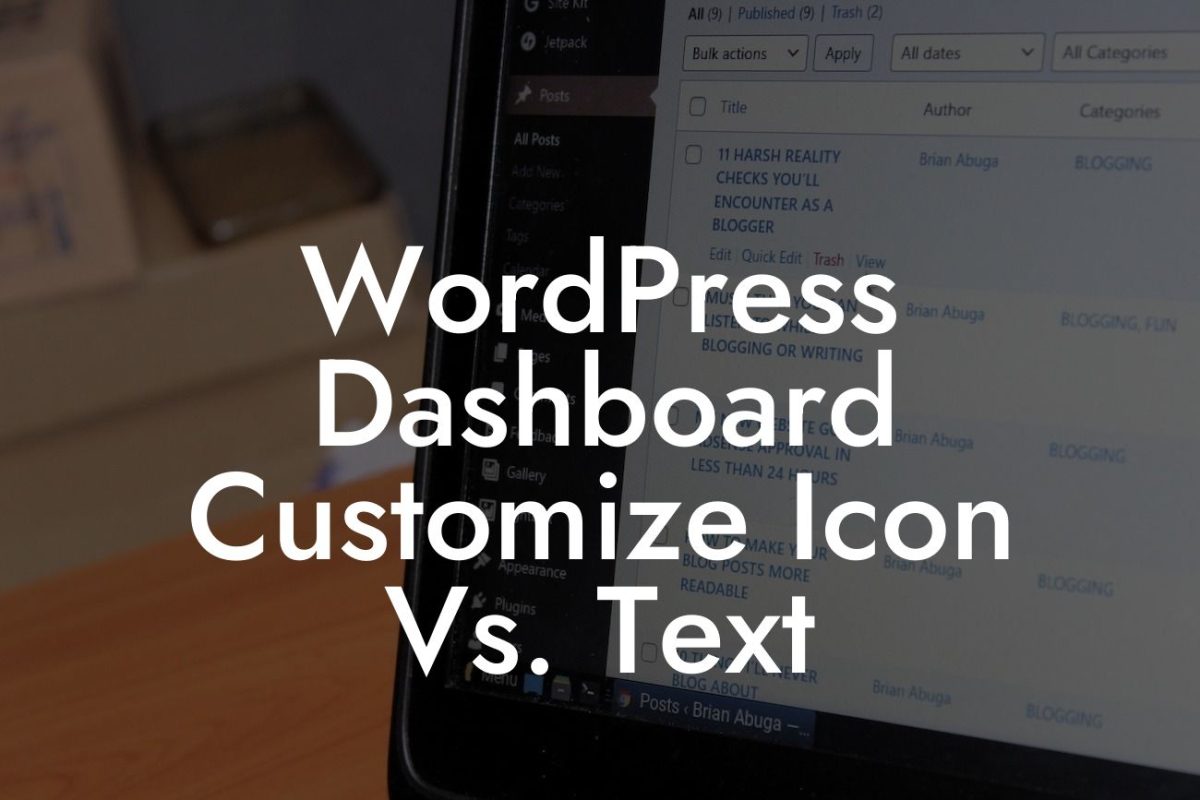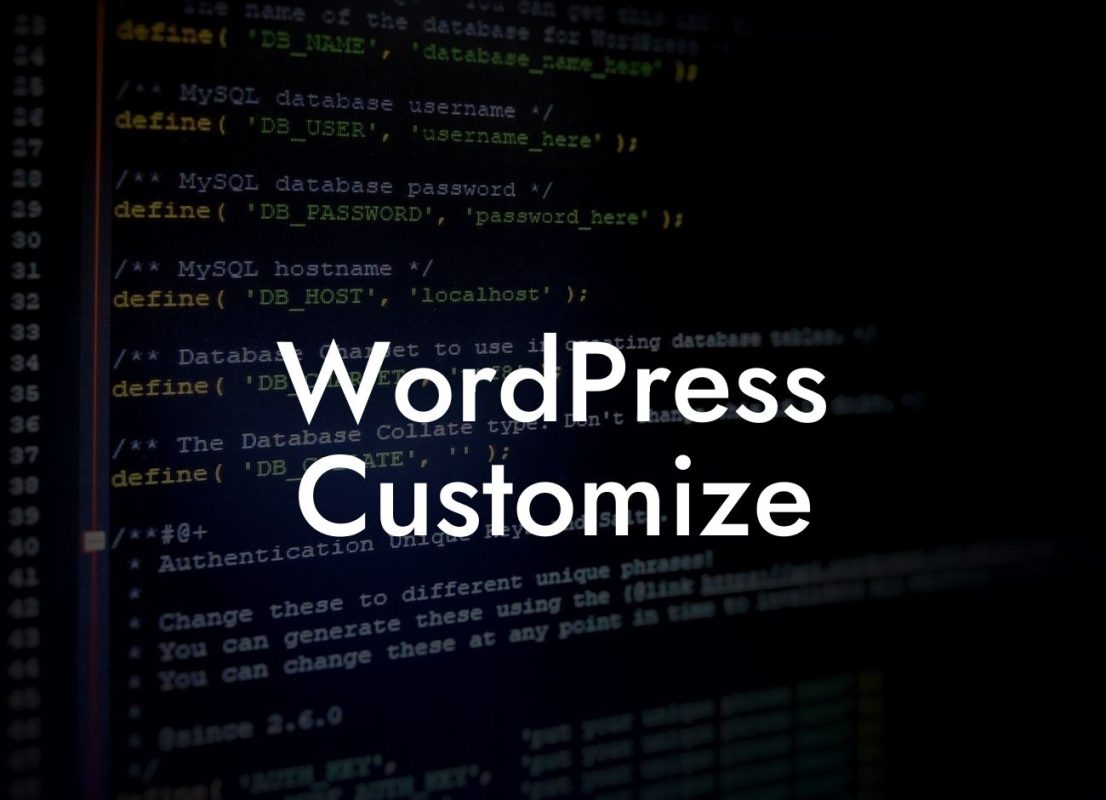In today's digital age, having a strong online presence is crucial for small businesses and entrepreneurs. And when it comes to powering your website, WordPress is the go-to platform for its flexibility and ease of use. However, with great power comes great responsibility, and one aspect that you should pay close attention to is the security of your MySQL database password. In this blog post, we will guide you on how to manually change the MySQL database password of your WordPress site, empowering you to take control of your website's security.
To change your MySQL database password for your WordPress site, follow these step-by-step instructions:
1. Accessing your hosting control panel:
- Login to your hosting account and navigate to the control panel.
- Look for the "Databases" section and locate "MySQL Databases" or a similar option.
Looking For a Custom QuickBook Integration?
2. Locating the database:
- Find the database associated with your WordPress site. Usually, it will have a name like "wp_dbname" or "username_dbname."
3. Changing the password:
- Select the database and find the "Change Password" option.
- Enter a new strong password. Make sure it is unique and not easily guessable. You can use a password manager to generate a secure password and store it safely.
- Click on "Change Password" or a similar button to save the new password.
4. Updating the WordPress configuration file:
- Connect to your website via FTP or use the file manager in your hosting control panel.
- Locate the file named "wp-config.php" in the root directory of your WordPress installation.
- Open the file and find the line that says:
define('DB_PASSWORD', 'old_password_here');
- Replace 'old_password_here' with the new password you set in step 3.
- Save the changes and upload the modified file back to your server.
Manually Change Mysql Database Apssword Of Wordpress Site Example:
Let's consider a scenario where you have recently hired a new web developer to take care of your WordPress site. In order to ensure maximum security, it is crucial to change the MySQL database password. By following the steps mentioned above, you can easily take control of your website's security and grant the new developer access to the updated password.
Congratulations! You have successfully learned how to manually change the MySQL database password for your WordPress site. Taking control of your website's security is an essential step towards protecting sensitive information and preventing unauthorized access. Make sure to explore other guides on DamnWoo to learn more WordPress tips and tricks. And don't forget to try out our awesome plugins designed exclusively for small businesses and entrepreneurs – they will help supercharge your success in the online world.

